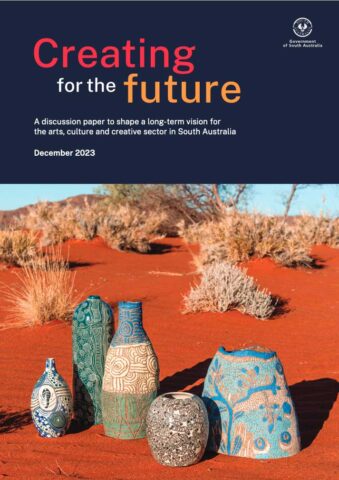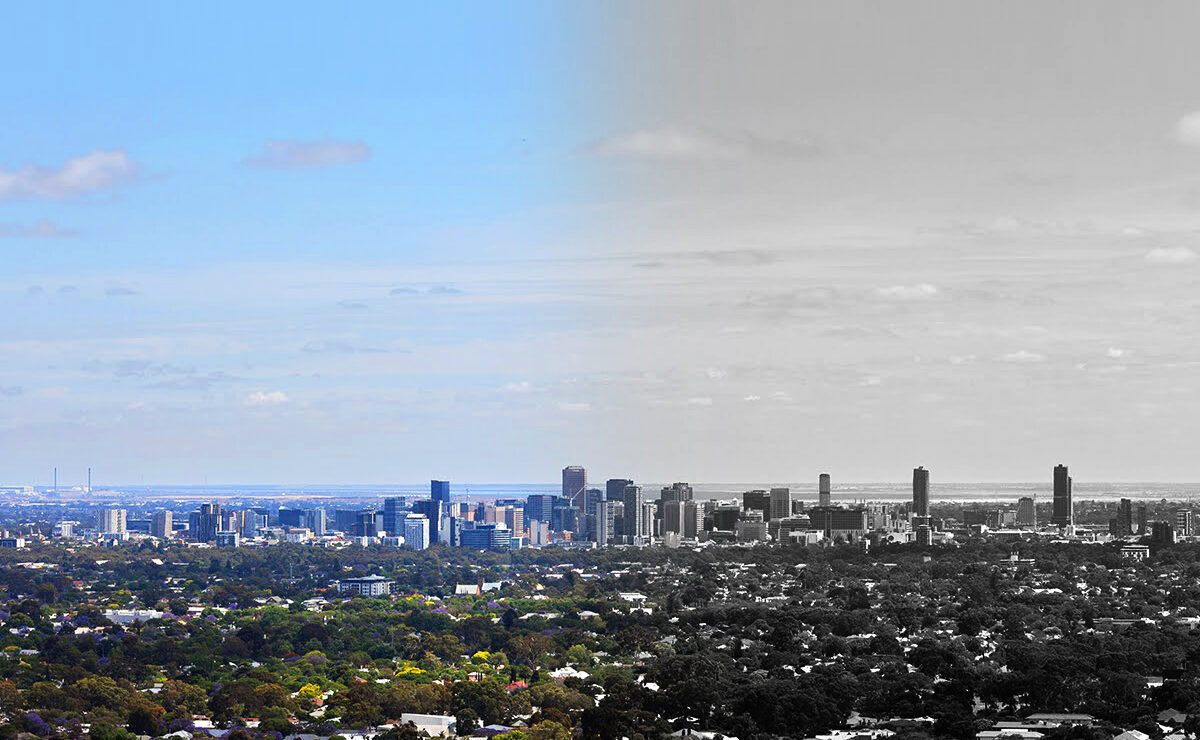Consultations are well underway for the South Australian Government’s “landmark” cultural policy, a “long term shared vision for arts, culture and creativity” in the state.
It comes after the Federal Government’s National Cultural Policy Revive in early 2023, and the New South Wales Government’s recent Creative Communities cultural policy. Revive was a substantial document based on extensive consultation, as one would expect from a well-resourced federal Office for the Arts, along with the team at (now) Creative Australia.
Creative Communities is equally ambitious, because it sets out the clear principles on which the new policy is grounded: culture is a “public good” and the right to participate in arts and culture a “fundamental human right”. These words carry weight. The policy also seeks a “whole of government” approach with talk of a commissioner for culture to pursue this.
Meanwhile in South Australia, we only have the “discussion paper”, effectively a three-page preamble leading to a list of six questions. What do you most value about SA culture? What’s its strength? What could only happen here? What is your one big idea? And so on.
This is basically a marketing survey, yet these questions form the basis of the submission template, the public survey, and the cultural sector consultation – at least at the one I attended.
There was no attempt at stating fundamental principles – culture as a public good or a human right as in New South Wales. It sought to assemble a list of what SA is good at and how we should present ourselves to the world.
This seems more in the SA Tourism Commission’s ballpark than an actual serious cultural policy.
Ideas currently swirling around the rest of the world, and the rest of the country – equity and inclusion, cultural infrastructure, basic income, affordable housing for cultural workers – have been seemingly stopped at the border.
SA seeks a creative future but it is not going to get one like this.
As testified by a whole series of articles in this publication and in other media outlets, the arts and cultural sector in SA is in a bad way. A combination of funding cuts and over focus on tourist-friendly events have undermined arts and culture as a focus of policy.
It is justified in terms of bed nights and PR clout rather than any substantial right-based, public good.
Dun Dunstan is of course often ritually invoked, but absolutely none of his passion or commitment is to be found.
Cultural policy, it seems is best taken out of the hands of the cultural sector and given to the grown-ups. In fact, the consultations are facilitated by senior public servants with seemingly no experience in arts and culture, or any understanding of cultural policy.
The idea seems to be that if it’s about public value then why not just ask the people of South Australia to rank their top 10 preferences? I am all for participatory democracy, but ranking preformatted preferences isn’t it.
The answers from the public survey were then wheeled out in the consultation session, and 20-odd real people present in a small room were asked to vote on these via a QR code. These long-time cultural professionals were then given some Ted Talk psycho-babble, about moving from When Have Be, to Be Have When.
Phrases such as “global connectivity” and “Tech First” were to be the building blocks of the policy. These words do not have weight. They are to be found on glossy brochures. They don’t direct legislation and reform but obfuscate it. Cultural policy as PR.
Ben Eltham, from Monash University, and I have recently reviewed the ABS statistics in the last four censuses. The 2016 census found that Greater Adelaide had lost self-employed arts and cultural workers, presumably to Sydney, Melbourne and Brisbane, who all gained employment.

The cover of the eight-page document seeking feedback on a cultural policy for South Australia.
In the last 2021 census, we found that unique among all metropolitan areas, Greater Adelaide had actually lost cultural employment as a whole. And in case one might think the pandemic out of Greater Adelaide, South Australia, as a whole also lost cultural employment.
This proves what all those ratbags and toxic negatives have been saying for years: SA arts and culture is in decline.
More pointedly we can say that for over a decade now artists and cultural workers have decided that SA is not the place to build a sustainable a career. Perhaps some do stay in SA but just get a different (no doubt better-paid) job. There is no getting round that the cultural sector in SA has shrunk in absolute terms.
Perhaps that doesn’t matter. The focus on Fringe and Festival, and the tourist dollars it generates for hospitality and related businesses, is a FIFO model. Companies and artists from elsewhere come in and do their thing. Then leave.
This may well be good for marketing and the state brand. It is less good for the health of the art and cultural sector right here, right now.
Culture as a public good sounds like archaic nonsense amongst the boosterish word salad. Culture as a human right sounds, well, too political. Nonetheless, these are the foundations of any public policy for culture.
This policy process, presumably to be written by the non-experts, brushes aside the problems facing the cultural sector and won’t go near the statistical facts unless they work in its favour. Yet here is a Labor government, with historic connections to the man who inspired Gough Whitlam, seemingly oblivious to the place of culture in human and citizen rights.
Calling them rights comes with a requirement to provide for them, to ground them in real resources – cultural infrastructure, education, funding, participatory governance. To ensure the material foundations of cultural flourishing. None of this is on show in this consultation.
These are the debates now swirling around UNESCO and the UN, around Indigenous peoples globally, around urban movements in the global north and south, all seeking to go beyond tourism local boosterism and gentrifying ‘urban regeneration’.
Debates about basic income and community wealth building, experiments with housing for cultural workers and forms of participatory cultural budgeting; substantial and important conversations around the rights of cultural workers to decent work and sustainable careers; rights of diverse communities to equitable social and cultural infrastructure, of youth to education and citizens to participation – these cannot be found in the current consultation process.
It seems void of any genuine understanding or attempt to engage with these current debates in cultural policy. None of these can possibly find a place in a process led by people with no expertise in cultural policy but purport to think they know better. Because, you know, it’s just culture.
My one big idea: actually write a cultural policy informed by the history of South Australia and by what is going on in the rest of the world (or even the rest of the country).
The state is going backwards fast. Artists and cultural workers do not want to live here, one part of the state’s bigger “brain drain”. You simply cannot build a “unique” cultural sector whilst cutting funding and focusing on appeal to tourism. Ask Creative Victoria.
We need to think about regional arts and cultural infrastructure, about institutional capacity, about youth participation and the means required to ensure this.
We need to think about where creative arts education sits in the university merger, backed by a State Productivity Commission report that refers to the humanities only in passing, and in terms of its commercialisation potential.

Get InReview in your inbox – free each Saturday. Local arts and culture – covered.
Thanks for signing up to the InReview newsletter.
SA seeks a creative future but it is not going to get one like this.
Let us take a clear look at where we are now, and where we once were, and do some hard and serious talking. And quickly.
Justin O’Connor is Professor of Cultural Economy at the University of South Australia.
Support local arts journalism
Your support will help us continue the important work of InReview in publishing free professional journalism that celebrates, interrogates and amplifies arts and culture in South Australia.
Donate Here

More Commentary stories
The question of taste: did Jane Austen like music?
Bec Mac wants to be Brisbane's arts-led Mayoress of The Night
Shock resignation: Lee Lewis quits as artistic director of Queensland Theatre
It's time to listen - really listen - to our orchestra